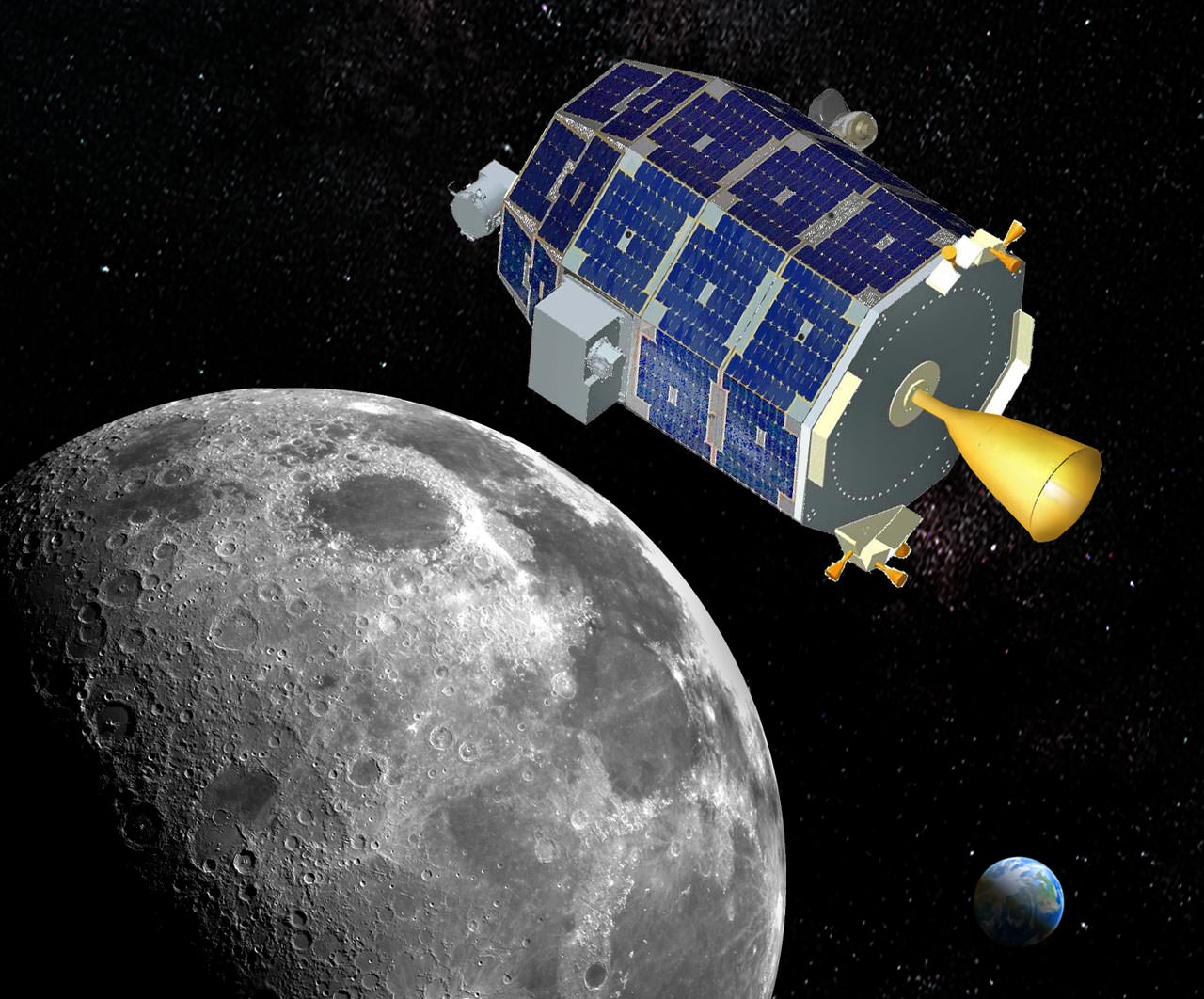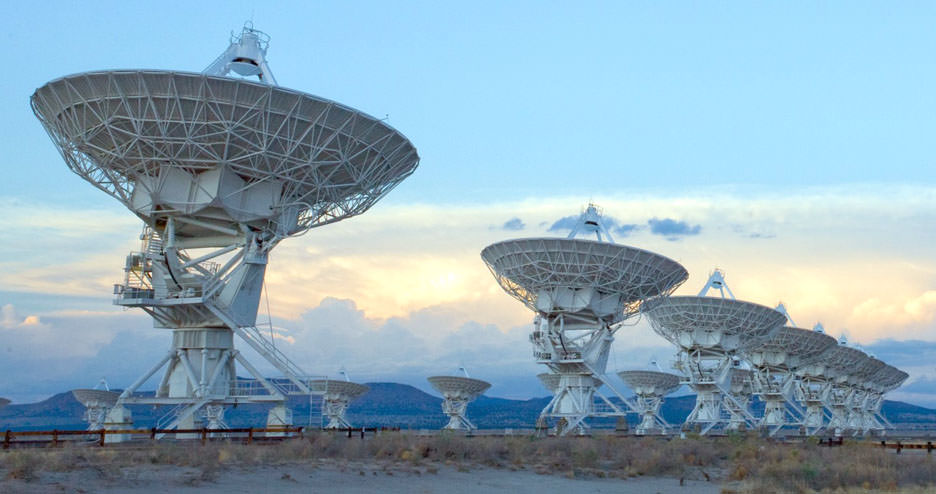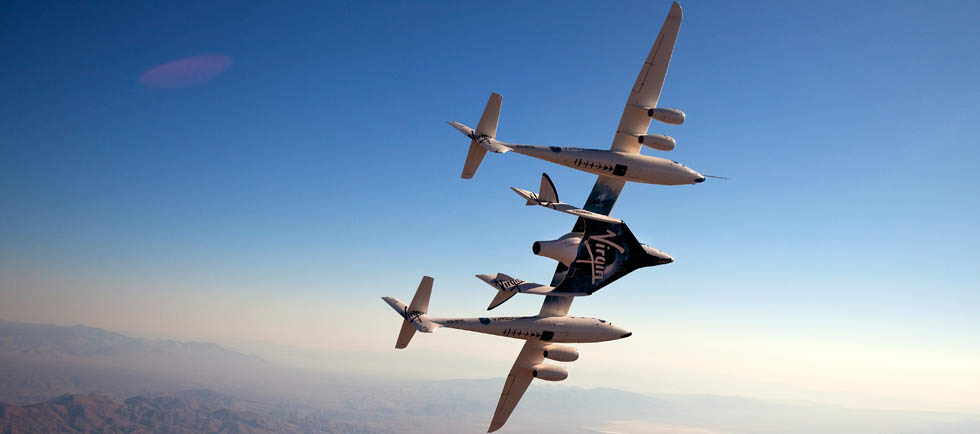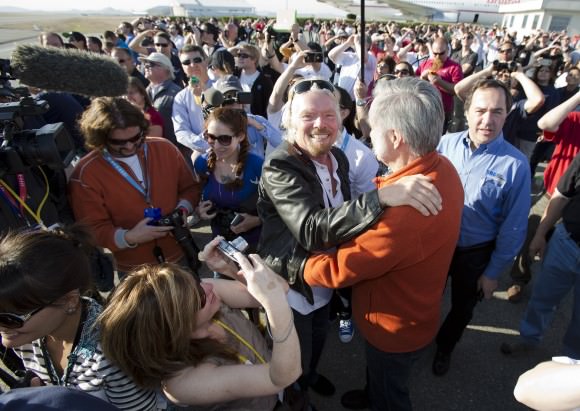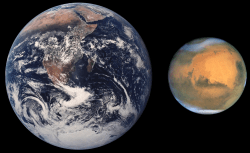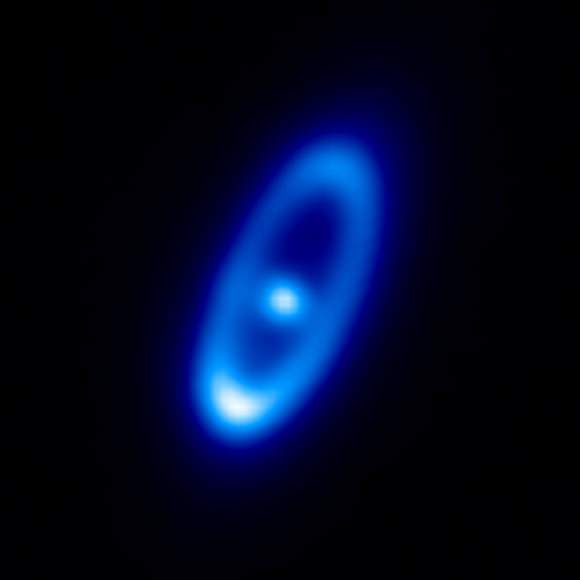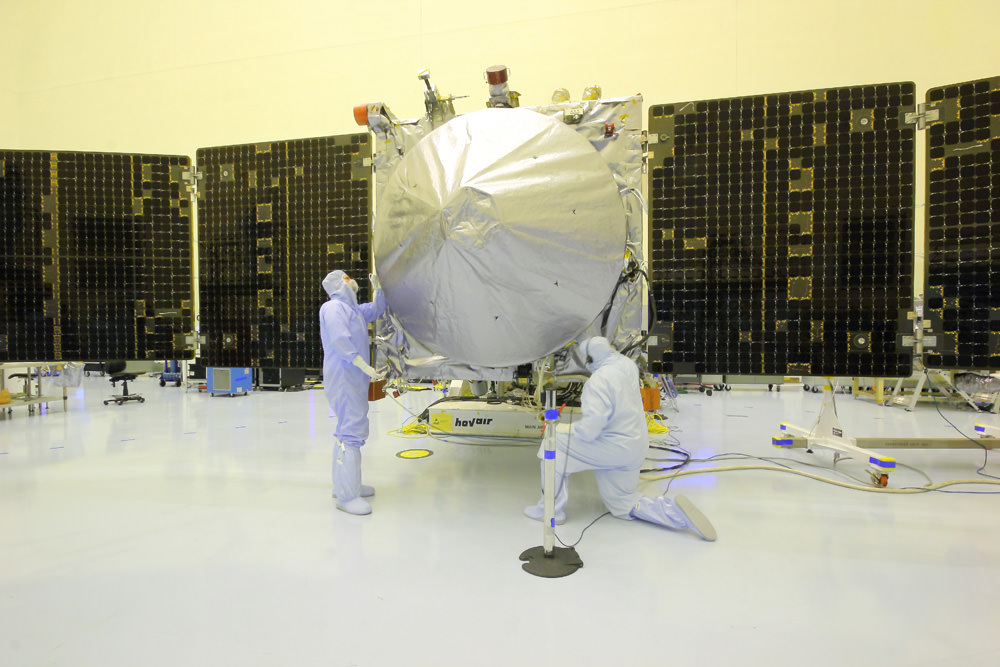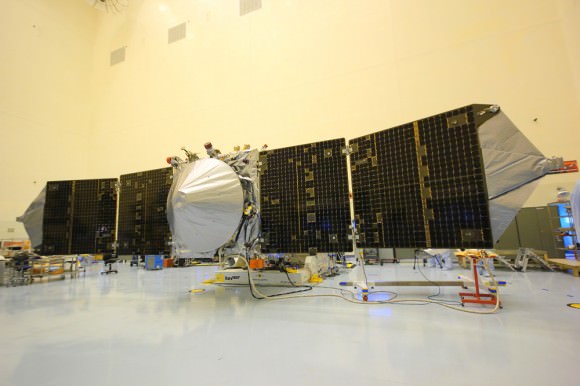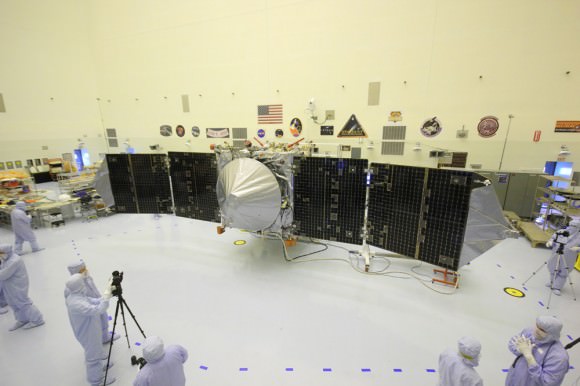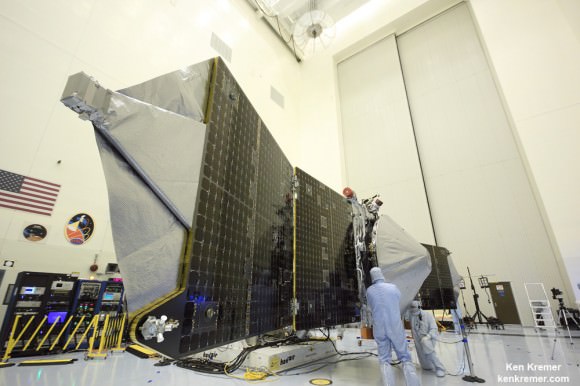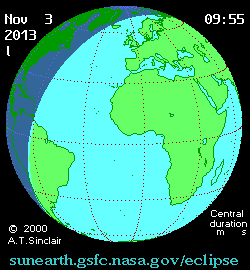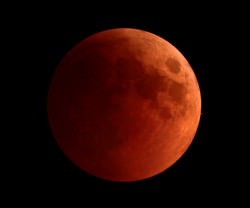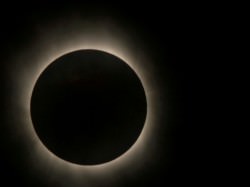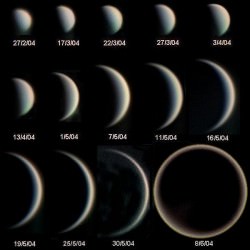NASA’s LADEE lunar orbiter will fire its main engine on Oct. 6 to enter lunar orbit in the midst of the US government shutdown. Credit: NASA
See the orbit insertion animation below[/caption]
Update Oct 6: LADEE fired its main engine this morning (Oct. 6) at 6:57 a.m. EDT and successfully achieved lunar orbit. Headline/story revised.
NASA’s trailblazing LADEE lunar spacecraft is set to ignite its main engine and enter lunar orbit on Sunday morning, Oct. 6 – if all goes well – following the spectacular Sept. 6 night launch from NASA’s Virginia spaceport.
And in a happenstance no one could have foreseen, the critical engine firing comes smack in the midst of the political chaos reigning in Washington D.C. that has shut down the US government, furloughed 97% of NASA’s employees, and temporarily threatened the upcoming launch of NASA’s next mission to Mars – the MAVEN orbiter.
However, orbital mechanics waits for no one!
A source indicated that LADEE (Lunar Atmosphere and Dust Environment Explorer) mission operations were continuing leading up to the engine burn.
But there will be virtually a complete news blackout and little public information released due to the legal requirements of the shutdown.
NASA websites, which are amongst the most heavily trafficked, as well as NASA TV have been shuttered during the shutdown and the press office is likewise furloughed.
So it was do or die for LADEE with the four minute long braking thruster firing set to start on Oct. 6 at 6:57 a.m. EDT (10:57 UTC), so that the couch sized spacecraft is captured by the Moon’s gravity.
Fortunately, LADEE was deemed “essential” and a small team of engineers is working right now at mission control at NASA’s Ames Research Center in California.
If the had burn failed, LADEE will swing by the moon with no hope of returning. And this is being accomplished with a skeleton crew thanks to the government shutdown.
Here’s a video animation of orbital capture at the moon:
Video caption: This video shows the LADEE lunar orbit capture scheduled to take place at 10:57 UTC on 6 Oct. 2013. The main view is an Earth centered perspective showing the effect of the Moon’s gravity on the orbit and then how a Lunar orbit looks from the Earth. The inset view shows the same trajectory from the perspective of the Moon.
Dubbed LOI-1 (Lunar Orbit Insertion burn 1),it is designed to begin with LADEE’s arrival at the Moon after three and a half orbits of the Earth. It will change the spacecrafts velocity by 329.8 meters/sec.
LOI-1 is the first of three main engine maneuvers and will place LADEE into a 24 hour retrograde orbit, with a periselene altitude of 590 km (369 mi).
LOI-2 follows on Oct. 9 to place LADEE into a 4 hour orbit with a 250 km (156 mi) periselene altitude.
Finally LOI-3 on Oct. 12 places LADEE into a roughly circular 250 km (156 mi) orbit that initiates a 30 day commissioning phase as well as experiments using the on-board Lunar Laser Communications Experiment (LLCD) before the start of the missions science phase.
LADEE thundered to space atop the maiden launch of the five stage Minotaur V rocket on Sept. 6, blazing a spectacular trail to orbit from a beachside launch pad at NASA’s Wallops Flight Facility in Virginia.
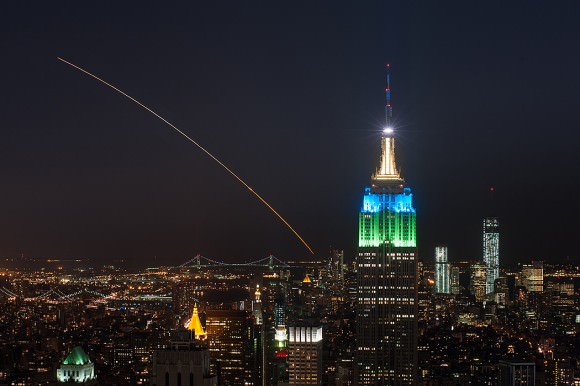
The blastoff was easily visible to tens of millions of thrilled spectators up and down the eastern seaboard stretching from Maine to the Carolinas as a result of crystal clear skies and the night time liftoff.
The LADEE liftoff at 11:27 p.m. EDT marked the first space probe of any kind ever launched beyond Earth orbit from NASA Wallops, as well as being the first planetary science mission ever launched from Wallops.
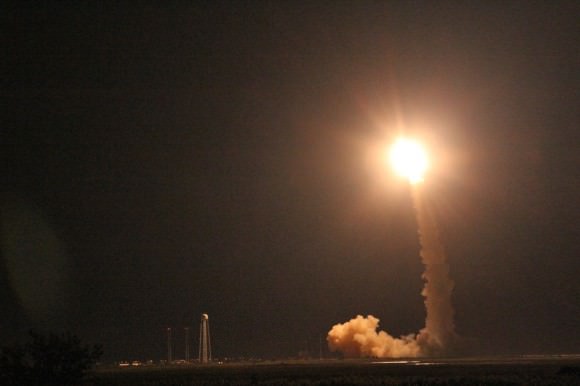
Eventually the spacecraft will fly in a very low equatorial science orbit of about 50 kilometers (31 mi) altitude above the moon that will require considerable fuel to maintain. The science mission duration is approximately 100 days, limited by the amount of maneuvering fuel.
The 844 pound (383 kg) robot explorer was assembled at NASA’s Ames Research Center, Moffett Field, Calif., and is a cooperative project with NASA Goddard Spaceflight Center in Maryland.
It is equipped with a trio of science instruments whose purpose is to collect data that will inform scientists in unprecedented detail about the ultra thin lunar atmosphere, environmental influences on lunar dust and conditions near the surface.
The goal of the $280 Million mission is to gain a thorough understanding of long-standing unknowns about the tenuous atmosphere, dust and surface interactions that will help scientists understand other planetary bodies as well.
The probe is built on a revolutionary ‘modular common spacecraft bus’, or body, that could dramatically cut the cost of exploring space and also be utilized on space probes to explore a wide variety of inviting targets in the solar system.
“LADEE is the first in a new class of interplanetary exploration missions,” NASA Ames Director Pete Worden told Universe Today in an interview. “It will study the pristine moon to study significant questions.”
“This is probably our last best chance to study the pristine Moon before there is a lot of human activity there changing things.”
Stay tuned here for continuing LADEE news.
…………….
Learn more about LADEE, MAVEN, Curiosity, Mars rovers, Cygnus, Antares, SpaceX, Orion, the Gov’t shutdown and more at Ken’s upcoming presentations
Oct 8: “NASA’s Historic LADEE Lunar & Antares/Cygnus ISS Rocket Launches from Virginia”& “Curiosity and MAVEN updates”; Princeton University, Amateur Astronomers Assoc of Princeton (AAAP), Princeton, NJ, 8 PM

